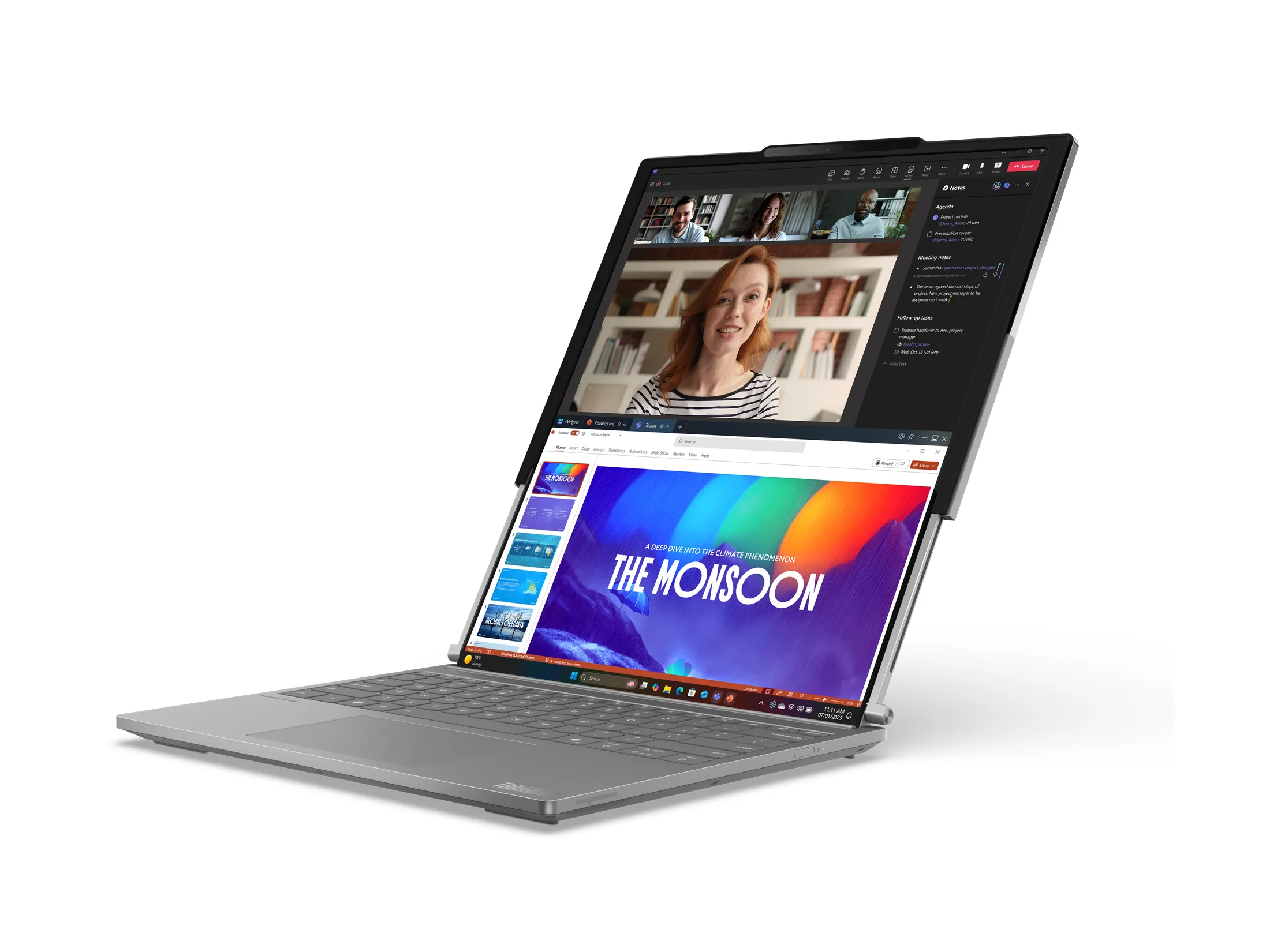
By David Ponce
The main reason Kodak recently filed bankruptcy is that when they finally decided to try and be competitive in the digital camera market, that market itself started dissolving right before their feet; it was too little way too late. But how is this true? Well, it’s simple: smartphone cameras are quickly making standalone point and shoots obsolete. Many people consider these pictures “good enough”, so it’s becoming harder for new arrivals on the market to stand out. Sony’s idea with the Cyber-Shot DSC-TX200V? Make the case out of glass (to match your smartphone, perhaps?) and slap a half grand sticker price on it. Yeah, as in $500. Sure, it’s got lots of features, which are detailed after the jump. But… really, Sony? For a couple hundred more you can get into entry level dSLR territory…
In any case, we’re not judging if the point and shoot still has a place in your heart. If that’s the case, keep reading for a full list of specs.
- 18.2 MP Exmor R CMOS sensor
- 26mm equivalent lens with 5x optical zoom, 10x virtual zoom via “Clear Image Zoom” technology
- “Extra High Sensitivity” technology enhances low-light shooting capabilities
- Fast AF speed of approximately 0.13 second in daylight, 0.25 seconds in low-light (speeds may vary based on shooting conditions)
- Reinforced glass design with
3.3-inch (8.3cm) Xtra Fine™ Tru-Black OLED wide touch-screen - Waterproof (up to 5m,16 feet), dustproof and freeze-proof (up to 14oF)
- Captures 13 MP equivalent still images while shooting video via “Dual-Record”
- 3D shooting modes (3D Still Image, 3D Sweep Panorama and Sweep Multi Angle),
fast shooting speeds (10 fps burst mode) - Full HD Movie Shooting capability (1920×1080/60p) and
Optical SteadyShot Active Mode - Photo Creativity interface and 9 “Picture Effect” options for creating photos and video with artistic effects
This new camera should be available in March.
VIA [ UberGizmo ]










